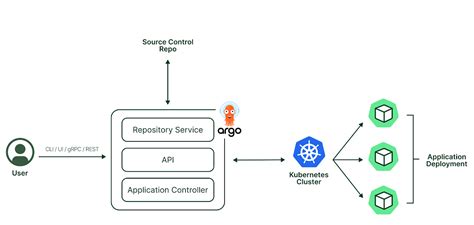Ethereum: Does Remix Need to be Re-deployed Every Time Code Changes Are Made?

When developing smart contracts on the Ethereum blockchain, Remix, a popular decentralized development environment (DDE), can make coding and testing much easier by automating the deployment process. However, there’s an important consideration for developers who create and deploy VRF (Variable Random Function) applications with Chainlink: do they need to re-deploy their contract every time code changes are made?
What is a VRF?
A Variable Random Function (VRF) is a smart contract that generates random numbers based on user-provided input. In the context of Ethereum, VRFs are commonly used for applications like prediction markets and decentralized finance (DeFi). They work by using a combination of cryptography and randomness to generate secure and unpredictable results.
Deploying in Remix
When creating an application in Remix, developers typically deploy their contract using a subscription ID, which is generated when the contract is deployed. The deployment process includes:
- Signing the contract with the user’s private key
- Verifying the signature using the user’s public key (optional)
- Deploying the contract to the Ethereum network
After deployment, Remix provides a Deployed and an Unpinned interface that allows developers to interact with their contracts.
Can VRFs be Re-deployed without affecting code changes?
Yes, it is possible to re-deploy a VRF application in Remix without affecting code changes. When you deploy your contract using your subscription ID, Remix will automatically store the contract’s bytecode and metadata in a cache. This cache can be reused indefinitely without any issues.
However, if you modify your code or update your contract, Remix may need to rebuild the contract’s bytecode from scratch. This process is known as “re-deployment” or “bytecode regeneration.”
Re-building Bytecode
To re-build the contract’s bytecode, developers must:
- Update their local copy of the contract’s source code (in Remix, this is done by clicking on the contract in the Remix interface)
- Click on the
Buildbutton next to the contract
- Wait for the bytecode regeneration process to complete
After re-building the bytecode, Remix will automatically deploy your updated contract.
Does Re-deployment Affect Code Changes?
In general, re-deploying a VRF application in Remix does not affect code changes made to the original contract. The bytecode has been regenerated from scratch, so all modifications are reflected in the new deployment.
However, there might be rare cases where code changes inadvertently modify the contract’s metadata or ABI (Application Binary Interface). In these situations, updating the local copy of the contract’s source code and re-deploying may still require manual intervention to ensure accurate bytecode regeneration.
Conclusion
You summarize:
- Remix provides a built-in caching system for VRF applications that allows them to be redeployed without affecting code changes.
- When deploying in Remix, developers can update their local copy of the contract’s source code and wait for bytecode regeneration to occur.
- Re-building bytecode is necessary when making significant changes or updates to the contract.
For most use cases, re-deployment in Remix is a straightforward process that ensures accurate deployment and functionality. However, it’s essential to be aware of potential edge cases where manual intervention may be required.


